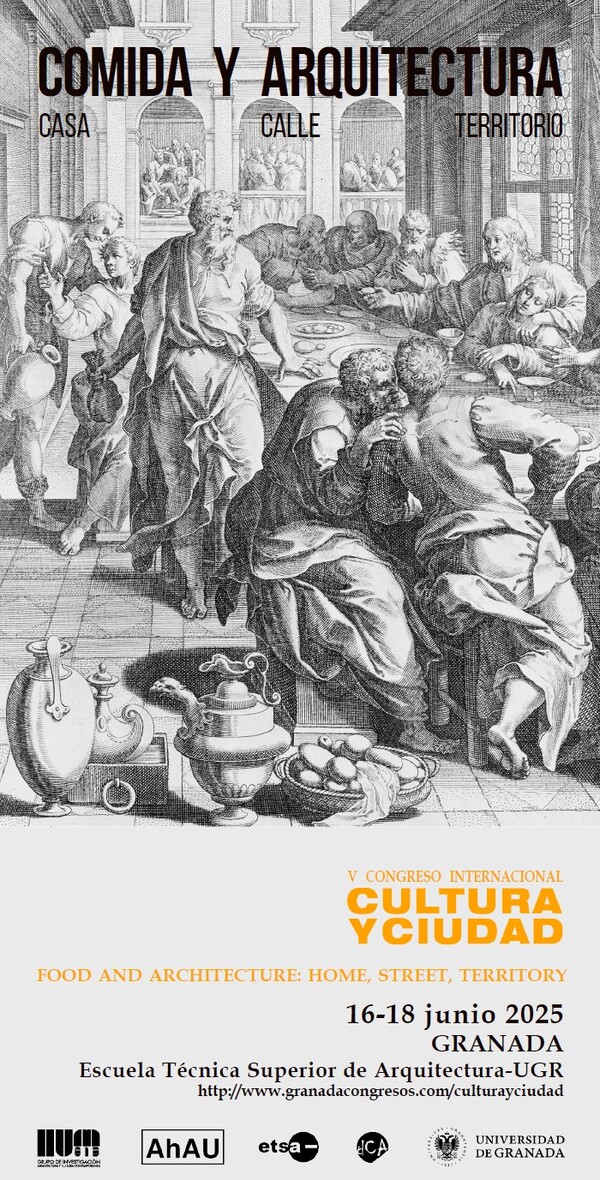
We all reside, work, study, convalesce and enjoy ourselves in buildings we know little about.
If we have better knowledge, and if this is collectively built – by those who research the buildings’ history and architecture together with those who created and experience them – we might contribute to better-informed decisions on which structures to maintain, reuse and replace.
Arquitectura Aqui is interested in collective-use buildings and ensembles planned and built in Portugal and Spain between 1939 and 1985, following the parallel, shared history of the Iberian countries from dictatorship to democratic transition and European integration.
Together with communities across the two countries we study the commission, construction and use life of essential facilities that resulted from collective efforts (from central, regional and local governments to philanthropy, groups and individuals) and are devoted to Welfare and medical care (health centres, homes); General and social services (council facilities, community centres, market halls); Minimum-rent and emergency housing; Security (fire and police stations); Education (schools, crèches); Culture and leisure (museums, libraries, sports halls); and Cooperative farming facilities.
With improved knowledge, we will be able to make better decisions on how to update and perfect this collective-use heritage.
If you have or have had an experience, memory, information or knowledge related to one of the buildings and ensembles presented here, or to any other collective-use building or ensemble that might interest you, please send us your contribution through this link. Thank you!
Organisations, People and Programmes






Foi publicado no passado dia 18 de abril de 2025 um artigo da autoria de Samuel Alemão sobre a plataforma Arquitectura Aqui no jornal Público.